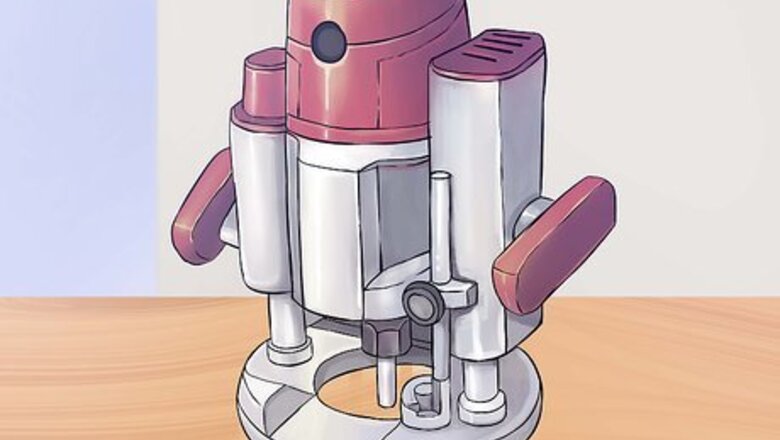
views
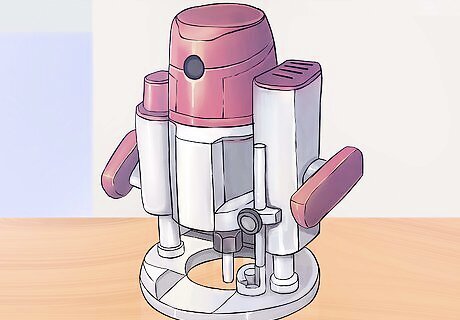
Examine the plunge router. You will note that it contains an electric motor mounted between two posts. The motor rests on top of springs and is attached to a flat base that guides the motor down at a 90 degree angle. The motor rises back into position when downward pressure is released, raising the router bit above the base. Attached to a collet, the motor connects much like a hand drill chuck. It comes in 2 sizes, 1/4 inch and 1/2 inch (as well as 8 mm and 12 mm in metric sizes). This is where the router bit does the cutting.

Notice the plunge router motors come in a variety of sizes ranging from 1.5 horsepower to 3.5 horsepower. The bigger the motor, and consequently the collet, the bigger the router bit. As a result, the cut is deeper.
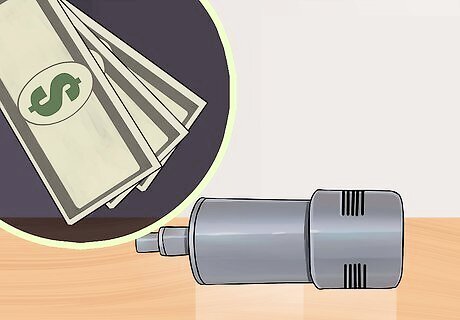
Research and buy what you can afford. Remember, a higher price does not necessarily mean a better tool.
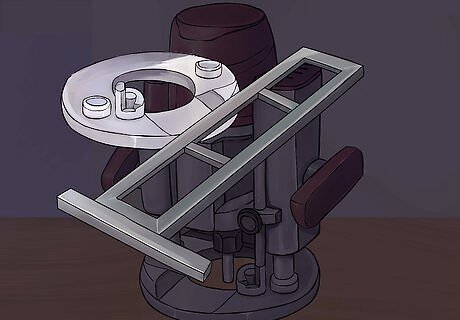
Use jigs and guides with the plunge router. These are often shop made or bought as add-on accessories. The most common jig will be used for cutting dadoes. Dadoes are used in joining two pieces of wood at 90 degrees, such as adding a kitchen cabinet shelf to a side piece. This type of joint uses a straight cut router bit for dadoes. Clamp the guide into place so that, when the router bit is plunged downward, the bit will line up with the dado joint you want to cut.
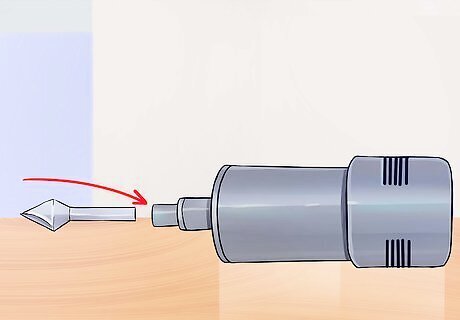
Install the router bit in the collet, adjusting the gauge for the depth of cut you need.
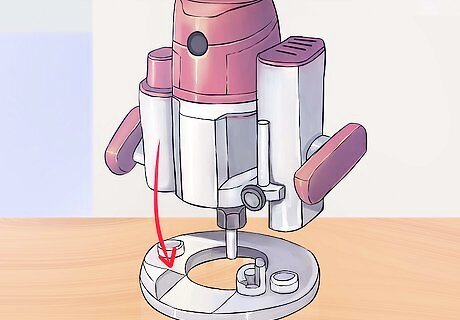
Put the router up against the guide. Pull the trigger and push downward while holding the router with both hands. This act will engage the bit with the wood.

Move the router from left to right in the direction of the cut.

Release the downward pressure on the handles when you finish the cut. The router will retract into the base.
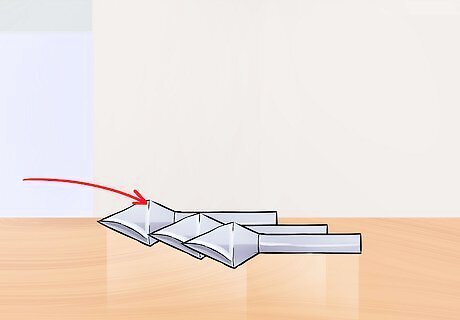
Use other bits to cut profile edges with a plunge router following the same procedure. Install the desired router bit in the collet. Most profile-edge bits, like a round over or Roman Ogee bit, will have a sleeve bearing that will guide the bit along the edge of the work piece. Set the depth gauge for the amount of bit you want to use.

Set the plunge router base onto the surface. Firmly press downward, holding the handles while pulling the trigger. Push in against the edge engaging the bit while fully extended to the depth needed.

Make the cut with the router moving from left to right.

Release the downward pressure on handles and the bit will retract.














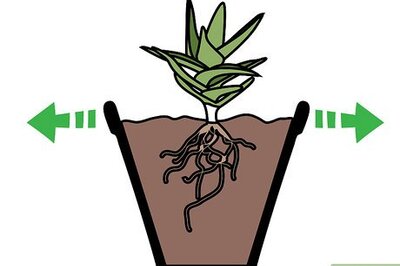




Comments
0 comment